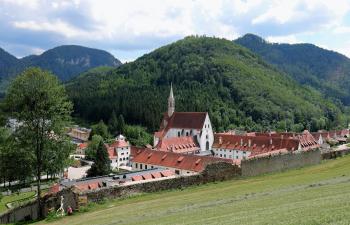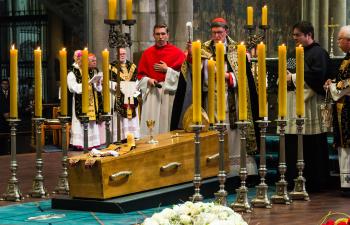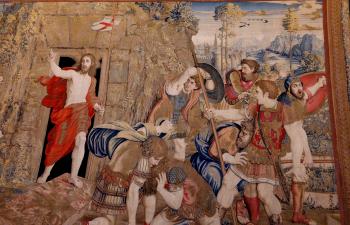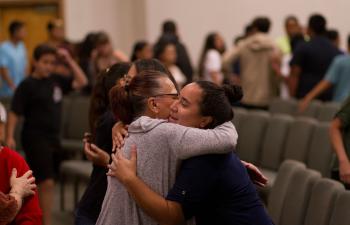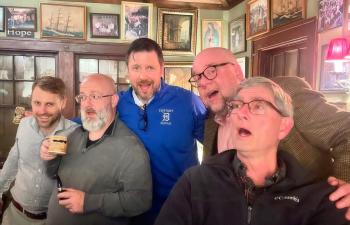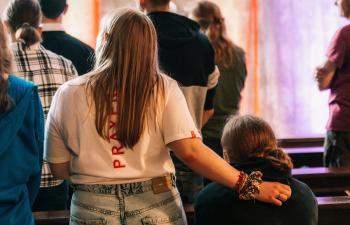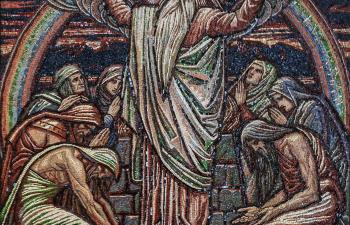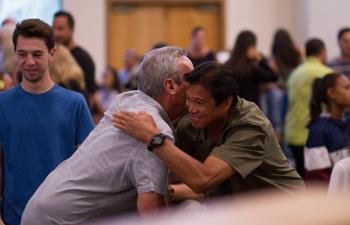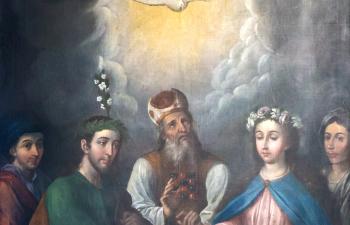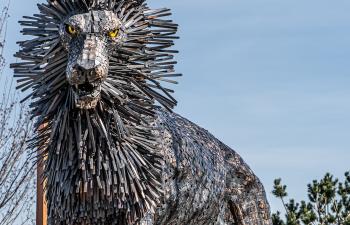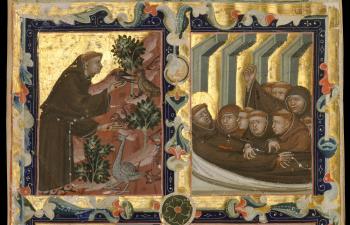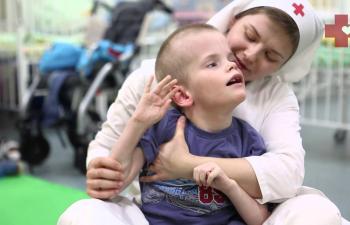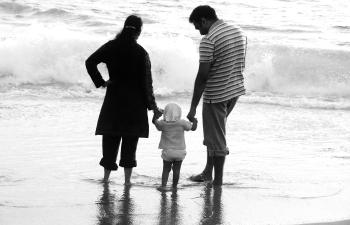If you have ever traveled internationally, you have undoubtedly experienced the challenge of interpreting unfamiliar signs. Deciphering these enigmatic symbols can be a funny exercise, as long as you are not desperately lost. The first time I traveled to Australia, my wife and I were regularly in stiches at the utterly unique signs. My favorite had to be the camel, wombat, and kangaroo caution sign. Seeing this sign was a clear indication that we were far from home and in very unfamiliar territory[CR1] .
The purpose of a sign is to teach the viewer something: warning, action, direction, etc. The Catholic Christian faith is filled with signs that are designed to teach, but just like unfamiliar signs in a foreign country, if someone does not clearly explain the meaning of the sign, we will remain in ignorance or left to make our best guess. Frequently, cradle Catholics do not understand the meaning of the signs that surround them and this leads to a deficient Christian life, lacking the full available richness .
When it comes to RCIA, explaining the meaning of the signs and symbols is all the more crucial. Being one who came to the Catholic Church later in life, I cannot state strongly enough how confusing are many of the actions within the liturgy to an uninitiated observer. I’ll never forget being handed the baptismal candle, when my children were baptized, and seeing the chi rho (☧) on the side of the candle. Not knowing what it was, I asked the three religious sisters present at the baptism what it meant and they didn’t know either. I now know and can give a wonderful explanation, but that is for another time.
The rest of this online article is available for current Guild members.
This article is from The Catechetical Review (Online Edition ISSN 2379-6324) and may be copied for catechetical purposes only. It may not be reprinted in another published work without the permission of The Catechetical Review by contacting [email protected]



